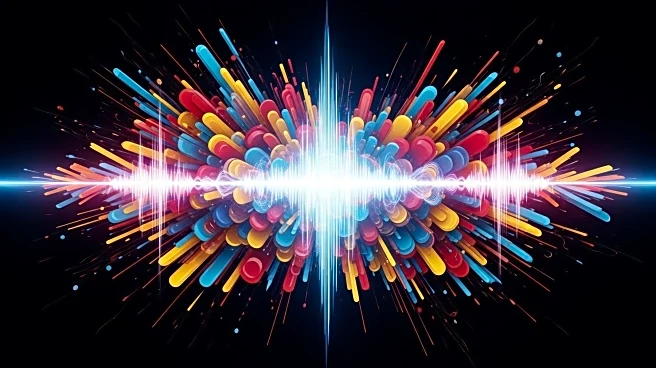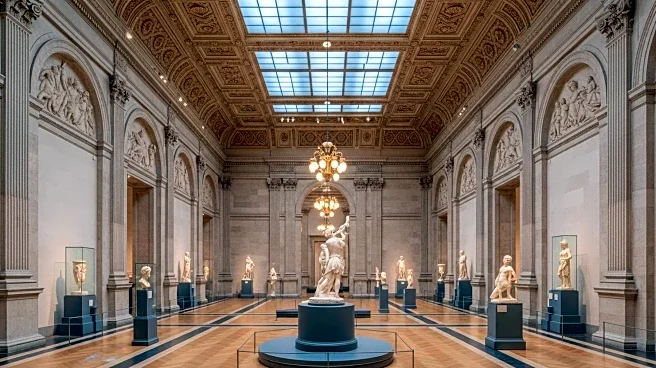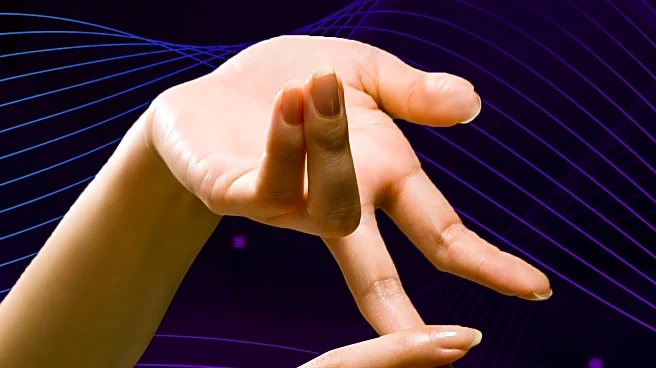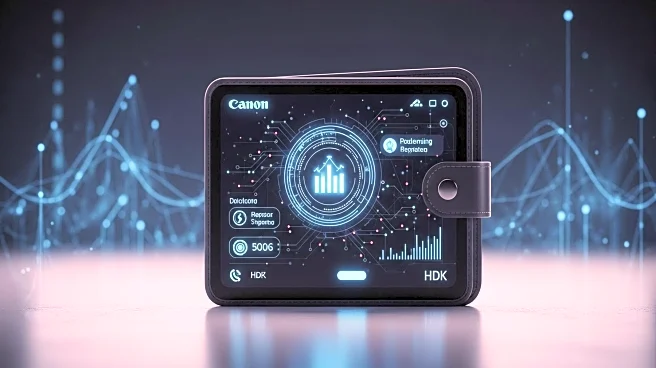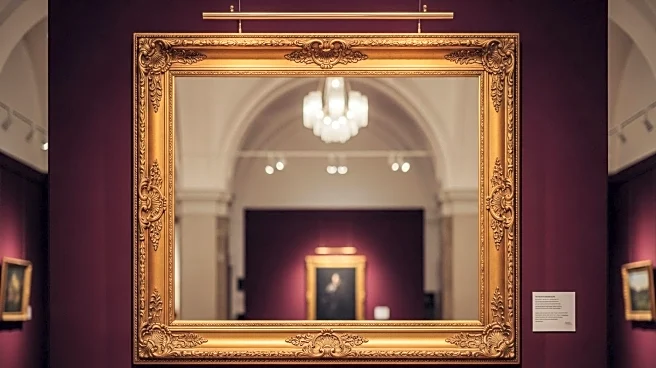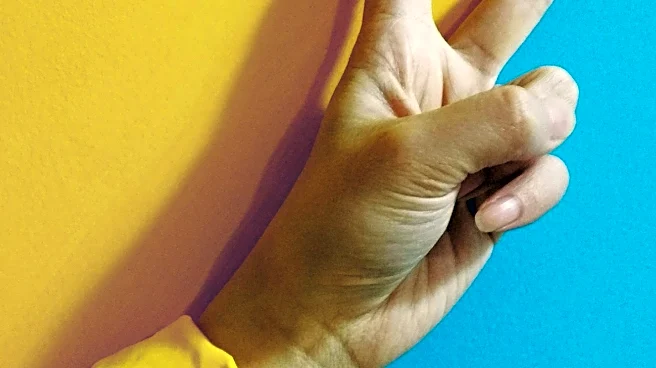What is the story about?
What's Happening?
A pioneering individual has organized the world's first rave specifically for the deaf community, aiming to create an inclusive environment where deaf individuals can enjoy music and social interaction. The event, held at the International Students House in London, attracted 700 attendees and featured deaf dancers and DJs. The organizer, who is deaf, has expanded the initiative to include workshops for deaf children and collaborations with major festivals like Glastonbury. The rave utilizes technology such as vibrating floors and haptic vests to enhance the musical experience for deaf participants.
Why It's Important?
This initiative is significant as it challenges traditional perceptions of music and social events, demonstrating that the deaf community can actively participate and enjoy such experiences. By creating a space where deaf individuals are the majority, the event fosters a sense of belonging and community. The expansion into educational workshops for children further supports the development of deaf culture and identity. Collaborations with major festivals highlight the growing recognition and integration of deaf culture into mainstream events, potentially influencing public policy and societal attitudes towards inclusivity.
What's Next?
The organizer plans to continue expanding the Deaf Rave initiative, with upcoming events such as a family day festival in London. There is potential for further collaborations with technology companies to enhance the sensory experience for deaf participants. As the initiative gains recognition, it may inspire similar events globally, promoting inclusivity and accessibility in the entertainment industry. The ongoing work with children suggests a focus on nurturing the next generation of deaf artists and leaders.
Beyond the Headlines
The Deaf Rave initiative raises important ethical and cultural questions about accessibility and representation in the arts. It challenges the notion that music is solely an auditory experience, opening up possibilities for multisensory engagement. The success of the event may encourage other industries to consider how they can better accommodate and include individuals with disabilities, potentially leading to broader societal changes in attitudes and practices.
AI Generated Content
Do you find this article useful?
